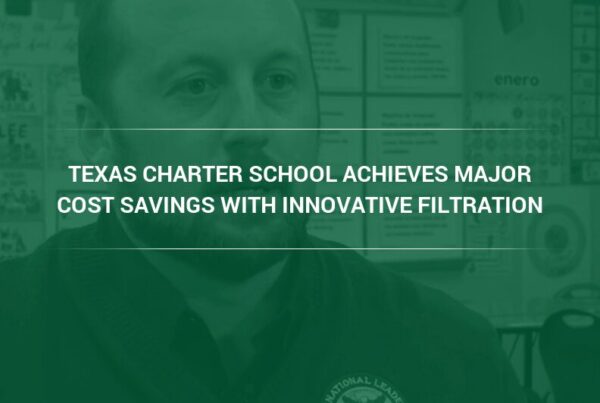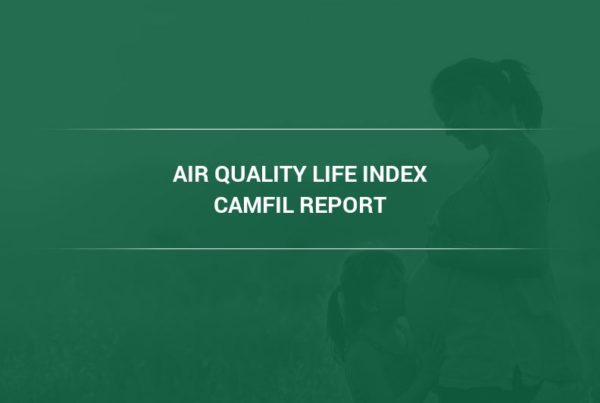City of Washington, NC — A City of Washington pump station had to replace a $30,000 electrical control panel after hydrogen sulfide gas destroyed it. After consulting with Camfil, one of the world’s leading researchers, engineers, and manufacturers in the air filtration industry, the pump station has found a solution that will save them from having to make costly future replacements.
In a new video, Gary Chrismon, Camfil’s East Coast Molecular Segment Manager, and Adam Waters, Director of Public Works for the City of Washington, NC, explain the problems occurring as a result of hydrogen sulfide gas, the solution implemented, and why it works so well.
A pump station is a facility for pumping wastewater from the source location to a waste treatment plant. The pump station in question was originally built as a contained pump station, meaning that all the water and air were contained within the station. As a result, hydrogen sulfide gas (which is poisonous, corrosive, and flammable) was coming up through the electrical system and causing corrosion to important electrical components of the pump station as well as posing a serious health threat to employees.
Camfil installed equipment to monitor the corrosive gas so that by analyzing the data recorded, an appropriate solution for the size of the space and the volume of gas could be implemented. To prepare for the solution, Camfil advised the facility to create a duct system to draw in air from the outside, creating a positive displacement pressure. This pressurization ensured that the hydrogen sulfide gas couldn’t make its way out of the well and into the room.
Based on scientific test results, Camfil’s CamCleaner 1000V proved to be the best solution to control molecular corrosion and improve air quality for the protection of staff and high-end equipment. The CamCleaner 1000V contains carbon media specially designed for the gaseous contaminants typically found in pump stations, wastewater treatments plants and other similar applications. The system flows 1000 cubic feet of air per minute which is first directed through a MERV14A prefilter, then through specially designed cylinders which hold carbon media specifically selected for its ability to adsorb hydrogen sulfide. The treated air then exhausts back into the space through a MERV11A final filter.
“We have an operator who comes in here four or five times a week, and he’s performing maintenance and doing checks and readings. And we noticed, after the unit was installed, a tremendous increase in air quality in the facility,” adds Mr. Waters.
About Camfil Clean Air Solutions
For more than half a century, Camfil has been helping people breathe cleaner air. As a leading manufacturer of premium clean air solutions, we provide commercial and industrial systems for air filtration and air pollution control that improve worker and equipment productivity, minimize energy use, and benefit human health and the environment. We firmly believe that the best solutions for our customers are the best solutions for our planet, too. That’s why every step of the way – from design to delivery and across the product life cycle – we consider the impact of what we do on people and on the world around us. Through a fresh approach to problem-solving, innovative design, precise process control, and a strong customer focus we aim to conserve more, use less and find better ways – so we can all breathe easier.
The Camfil Group is headquartered in Stockholm, Sweden, and has 33 manufacturing sites, six R&D centers, local sales offices in 30 countries, and about 4,800 employees and growing. We proudly serve and support customers in a wide variety of industries and in communities across the world. To discover how Camfil USA can help you to protect people, processes and the environment, visit us at www.camfil.us/
##
Media Contact:
Lynne Laake
Camfil USA Air Filters
T: 888.599.6620
E: Lynne.Laake@camfil.com
F: Friend Camfil USA on Facebook
T: Follow Camfil USA on Twitter
Y: Watch Camfil Videos on YouTube
L: Follow our LinkedIn Page



